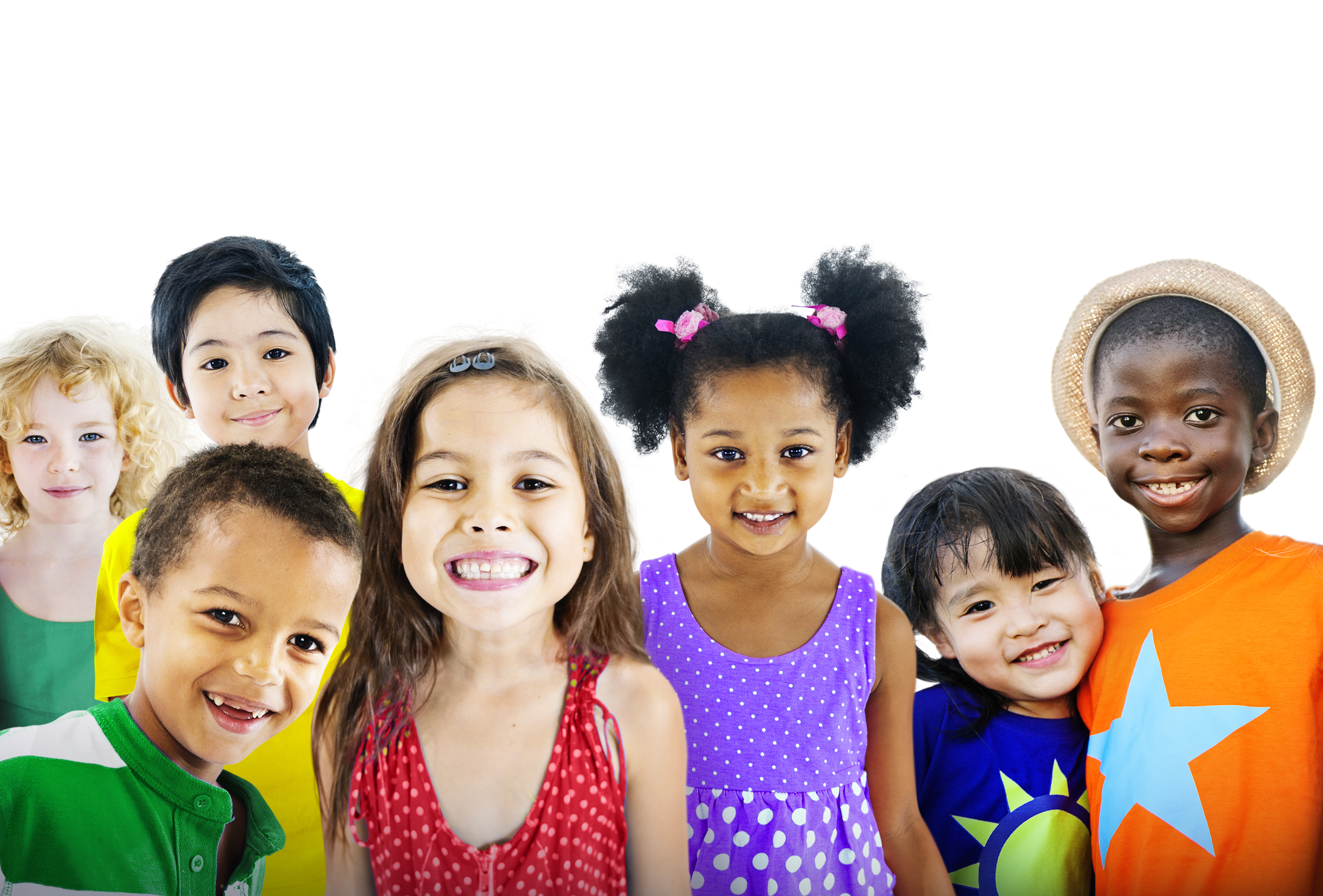2.2 Theories of child development
The field of child development is vast and spans multiple academic disciplines. This short overview, therefore, cannot do justice to the enormous richness. Readers new to the field might orient themselves by browsing through an introductory academic titles (Santrock 2011; Berk 2011), or by searching for the topic of interest in an encyclopedia, e.g., Salkind (2002).
The introductions by Santrock (2011) and Berk (2011) both distinguish major theories in child development according to how each answer to following three questions:
2.2.1 Continuous or discontinuous?
Does development evolve gradually as a continuous process or are there qualitatively distinct stages, with jumps occurring from one step to another?
Many stage-based theories of human development have been proposed over the years: social and emotional development by psycho-sexual stages introduced by Freud and furthered by Erikson (Erikson 1963), Kohlberg’s six stages of moral development (Kohlberg 1984) and Piaget’s cognitive development theory (Piaget and Inhelder 1969). Piaget distinguishes four main periods throughout childhood. The first period, the sensorimotor period (approximately 0-2 years), is subdivided into six stages. When taken together, these six stages describe “the road to conceptual thought.” Piaget’s stages are qualitatively different and aim to unravel the mechanism involved in intellectual development.
On the other hand, Gesell and others emphasize development as a continuous process. Gesell (1943) (p. 88) says:
A stage represents a degree or level of maturity in the cycle of development. A stage is simply a passing moment, while development, like time, keeps marching on.
2.2.2 One course or multiple parallel tracks?
Stage theorists assume that children progress sequentially through the same set of stages. This assumption is also explicit in the work of Gesell.
The ecological and dynamic systems theories view development as continuous, though not necessarily progressing in an orderly fashion, so there may be multiple, parallel ways to reach the same point. The developmental path taken by a given child will depend on the child’s unique combination of personal and environmental circumstances, including cultural diversity in development.
2.2.3 Nature or nurture?

Figure 2.2: A group of culturally diverse children. Source: Shutterstock, under license.
Figure 2.2 illustrates that children vary in appearance. Are genetic or environmental factors more important for influencing development? Most theories generally acknowledge the role of both but differ in emphasis. In practice, the debate centres on the question of how to explain individual differences.
Maturation is the process of becoming fully developed, much like the natural unfolding of a flower. The process depends on both genetic factors (species, breed) as well as environmental influences (sunlight, water, nutrition). Some theorists emphasize that differences in child development are innate and stable over time, although there may be differences in unfolding speed due to different environments. Others argue that environmental factors drive differences in development between children, and changing these factors could very well impact child development.
Our position in this debate has practical implications. If we believe that differences are natural and stable, then it may not make much sense trying to change the environment, as the impact on development is likely to be small. On the other hand, we may consider developmental potential as evenly distributed, with its expression governed by the environment. In the latter case, improving life circumstances may have substantial pay-offs in terms of better development.